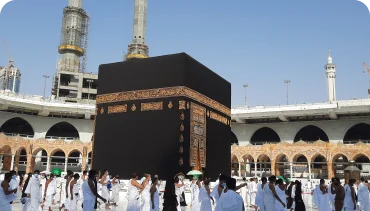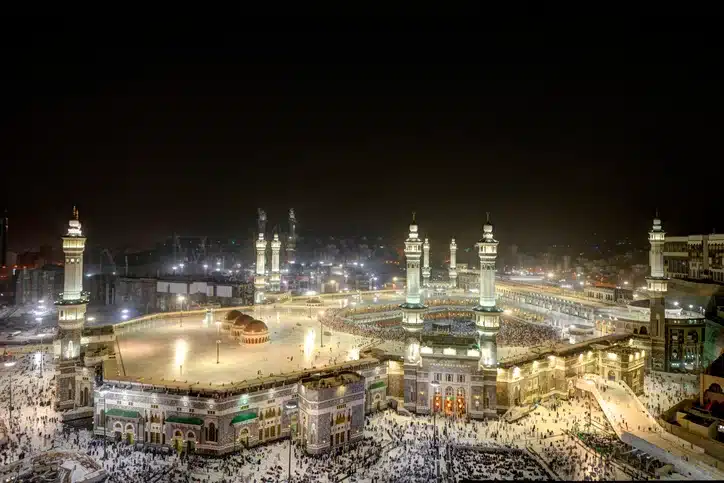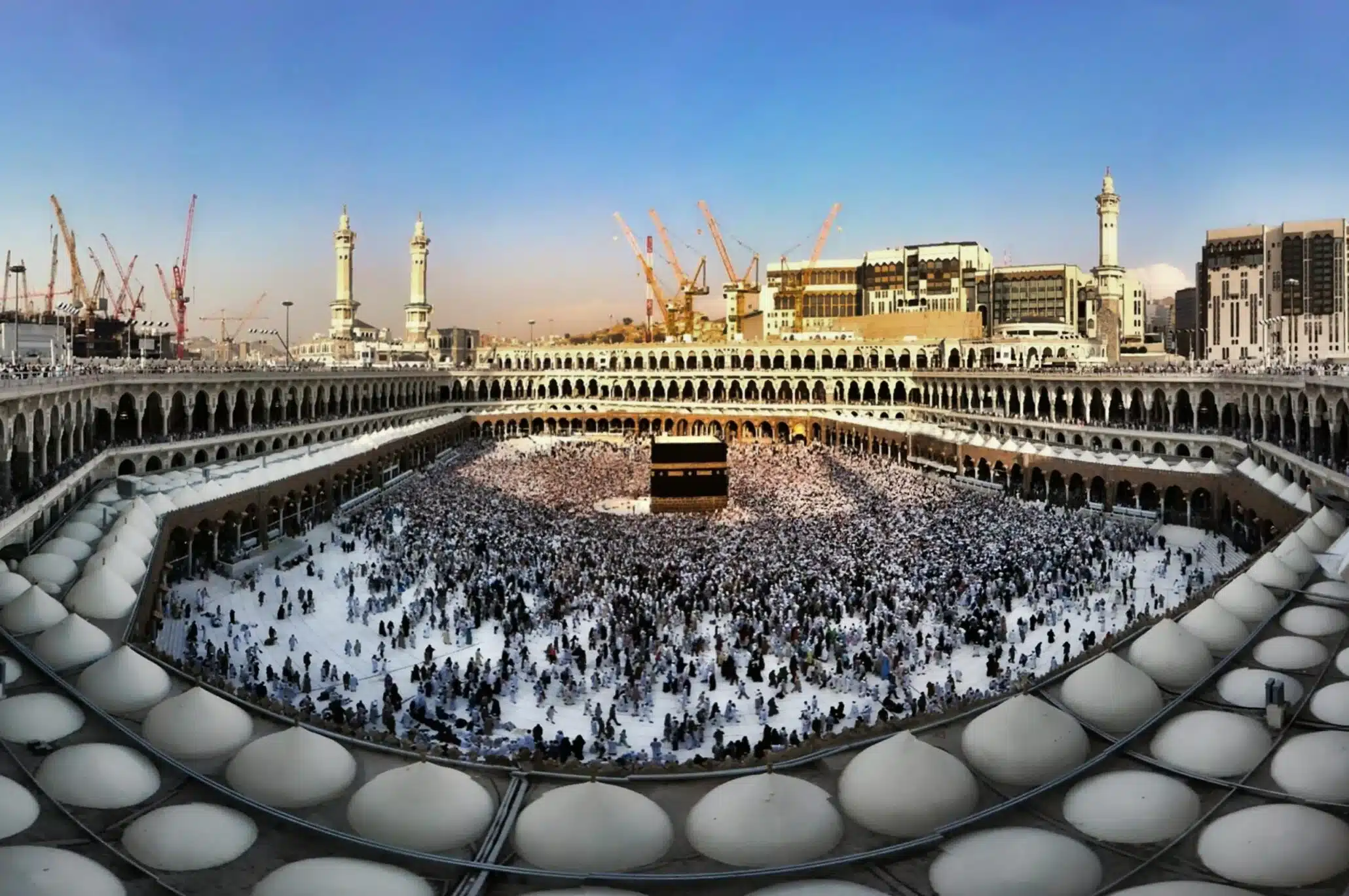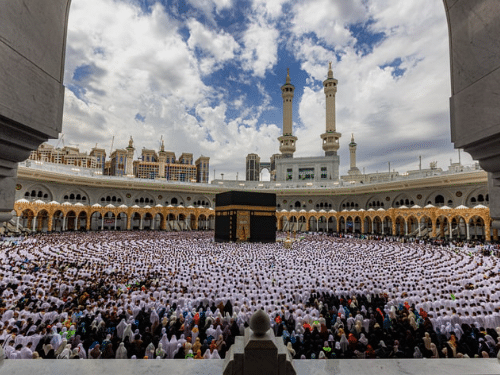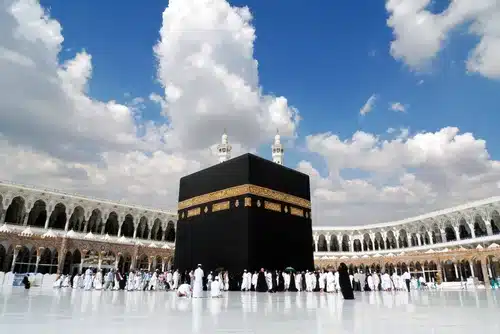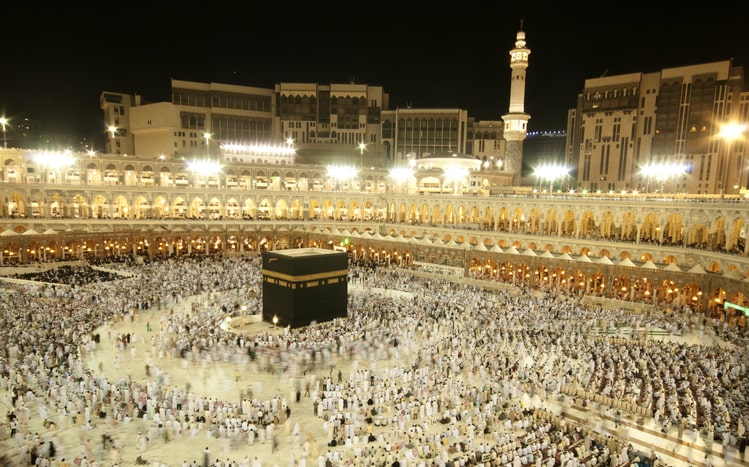The Ancient History Behind the Temple of Hercules
The Temple of Hercules, sited high on the Amman Citadel, is a quiet reminder of the city’s long and complicated history. What we see today is the result of many reconstructions and restorations but this site is important, a window into the ancient world and how Amman has changed over thousands of years. Exploring its past tells a fascinating story that spans centuries and empires.
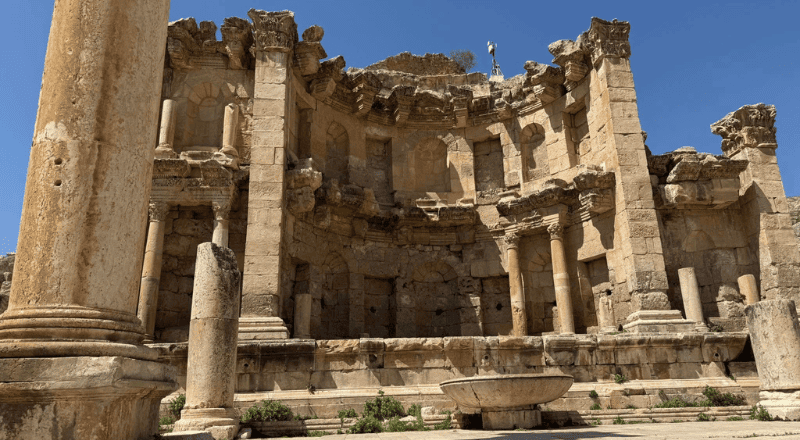
Early Beginnings and the Hellenistic Era:
The exact origins of the temple are still unknown but archaeological findings show that there was a structure on this site before the Roman era. The foundation of the current temple probably dates back to the Hellenistic period (323-31 BC) when Amman was known as Philadelphia under the Seleucid Empire. This was a time of Greek influence and architecture and religion. Initially the temple may have been dedicated to a Hellenistic god, likely Zeus, before it was later rededicated to Hercules who is the Roman counterpart of the Greek god Heracles.
Roman Rule and the transformation of Philadelphia:
Under Roman rule from 63 BC to 324 AD Amman (Philadelphia) grew and prospered. It became a major administrative center and a key stop on the trade routes between East and West. During this time the Temple of Hercules was rebuilt, the Romans loved grand architecture and incorporated Greek gods into their own belief system. The temple we see today with its Corinthian columns and intricate carvings is mostly from this Roman period.
The Temple’s Architectural splendor:
The Temple of Hercules is a stunning piece of Roman architecture. Its Corinthian columns rise majestically above the Amman Citadel, the engineering skills of the Romans are incredible. The carvings and details are a testament to the talent and creativity of the builders of that time. Perched on top of the Citadel the temple has breathtaking views of the city and the landscape, it was a religious and civic hub.
The Temple of Hercules was a central part of the religious and civic life of Roman Philadelphia. It was probably a place of worship, festivals and community gatherings. Its presence showed the Roman presence and control in the city, a symbol of their power and dominance. The temple tells us how deeply religion was embedded in the daily life of the Romans and their urban space.
The Temple’s Role in Roman Philadelphia:
The Temple of Hercules was a key player in the religious and civic life of Roman Philadelphia. It probably served as a hub for religious ceremonies, festivals, and community events. Its existence underscored the Roman presence and authority in the city, acting as a symbol of their power and influence. The temple’s importance highlights how deeply religious practices were woven into the everyday life of Romans and their urban environment.
Later Periods and the Temple’s Decline:
After the fall of the Roman Empire, the Temple of Hercules, much like other ancient buildings, went through times of neglect and decay. Natural disasters, including earthquakes, played a big role in its deterioration. Even with its decline, the temple’s ruins still stand as an important landmark in Amman, telling the story of the city’s rich and diverse history.
Modern Discoveries and Interpretations:
In the last few decades, archaeological digs and research have uncovered fascinating details about the Temple of Hercules and its rich history. These investigations have allowed us to understand how the temple has changed over time, showcasing its different stages of construction and renovation. Today’s interpretations of the temple’s design and inscriptions offer deeper insights into Roman culture and the religious practices that thrived in Amman.
Visiting the Temple of Hercules Today:
The Temple of Hercules is a standout attraction in the Amman Citadel today. Visitors have the chance to roam around the temple’s ruins, take in its remarkable architecture, and envision the vibrant life that once thrived here during the Roman era. Its prime location also treats you to stunning panoramic views of Amman, which only adds to its charm.
Three-Day Amman Tour Package:
A well-planned 3-day Amman tour package can incorporate a visit to the Temple of Hercules within a broader exploration of the city’s historical sites. These packages typically include:
- Accommodation: Comfortable hotels in central Amman.
- Transportation: Airport transfers and transportation to key attractions.
- Guided Tours: Expert guides providing insights into the history and significance of the Temple of Hercules and other Amman landmarks.
- Activities: Visits to museums, archaeological sites, and other cultural attractions.
Wrapping Up:
Temple of Hercules serves as a fascinating portal to Amman’s ancient history, allowing visitors to connect with the city’s rich heritage and the glory of the Roman Empire. By planning a visit to this stunning site, you’ll enhance your understanding of Amman’s intricate past and the lasting influence of its ancient inhabitants. Just a heads up, make sure to book your 3-day Amman tour package in advance to secure your spot and enjoy a smooth, rewarding experience.
